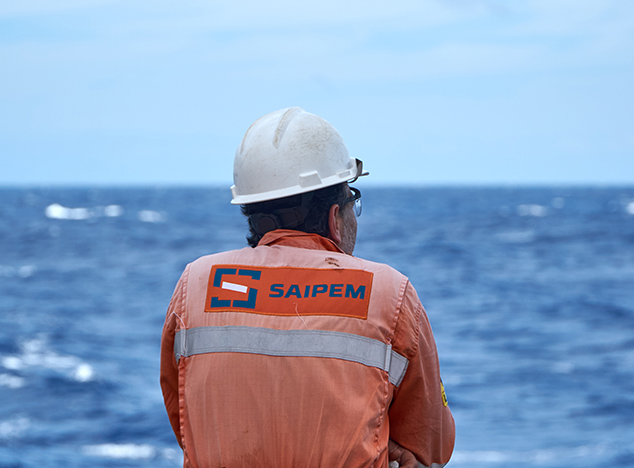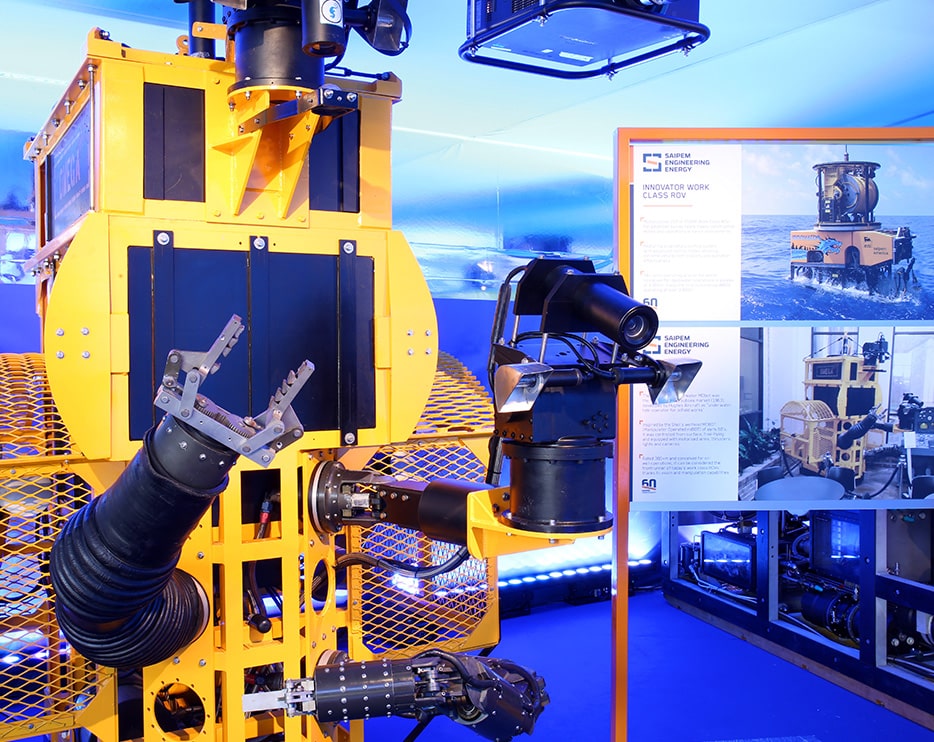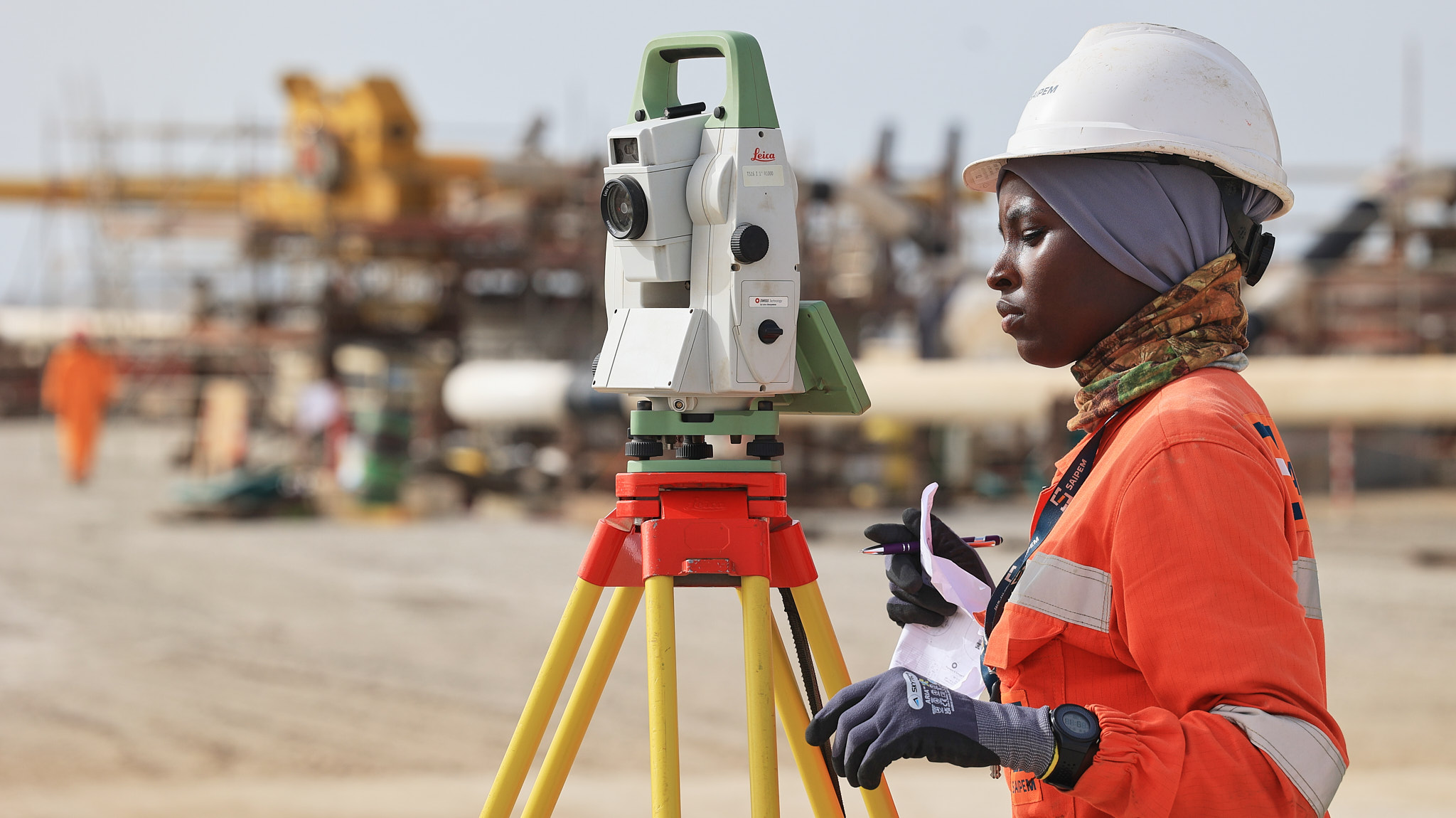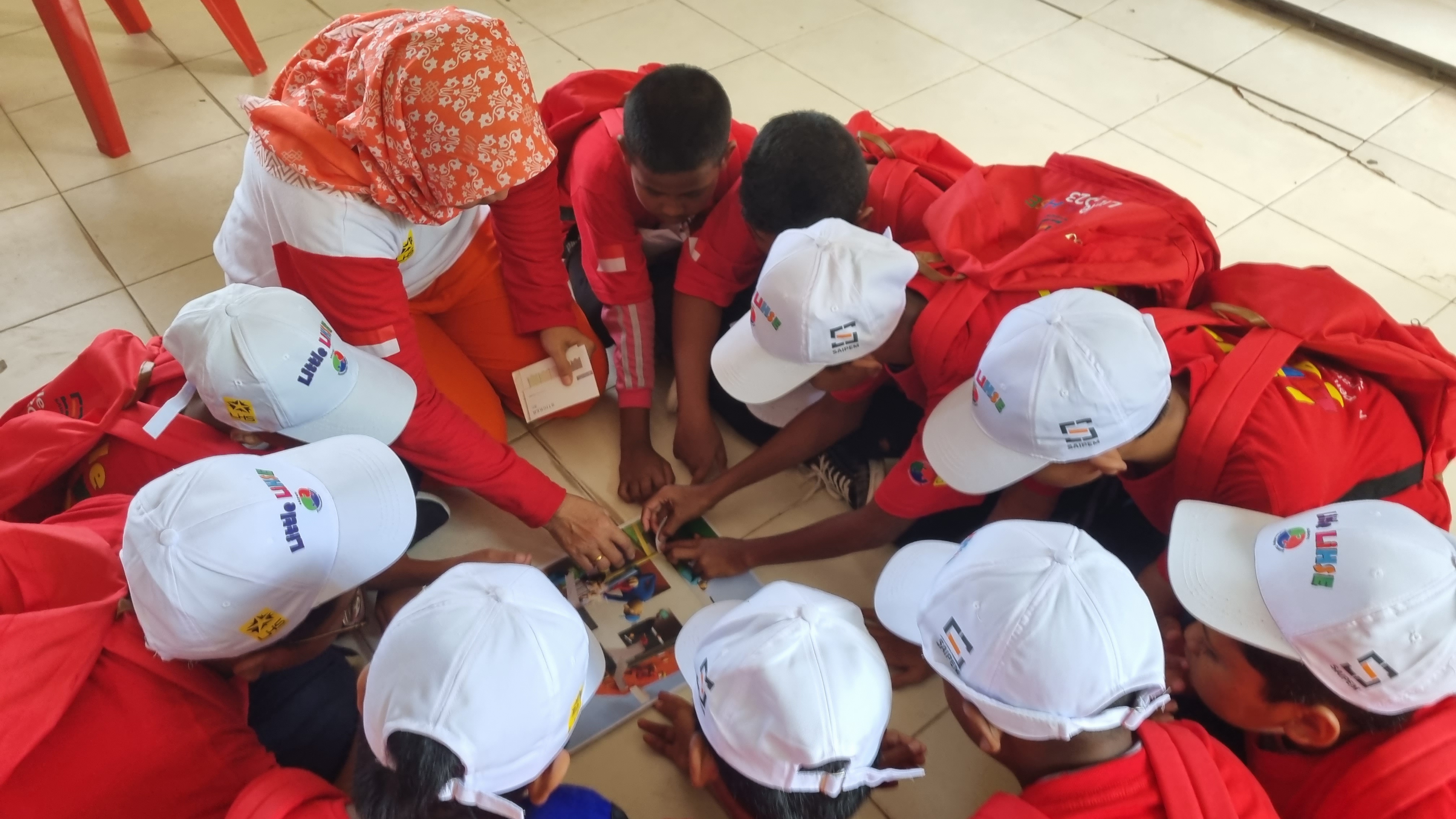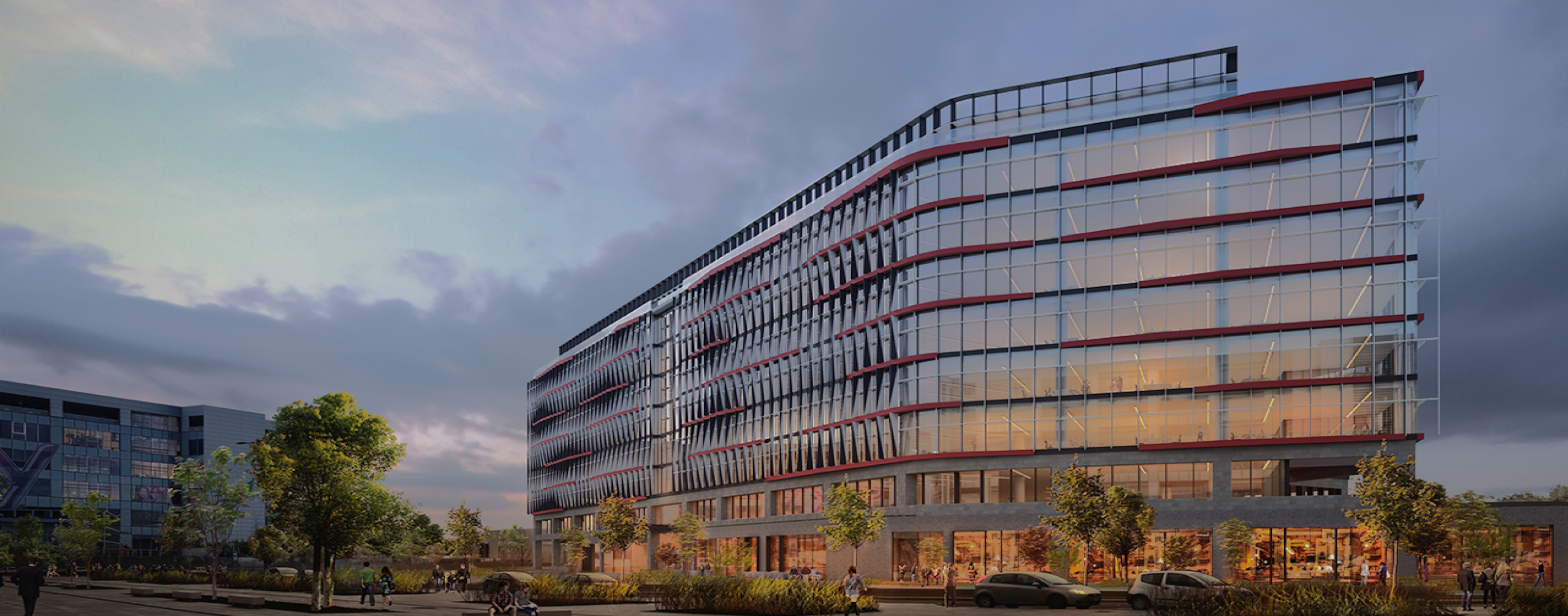Engineering for a sustainable future - that’s our purpose. How we achieve that day by day is set out in our rolling, four-year sustainability plan.
The transition to a low-carbon economy demands innovative solutions and energy infrastructure, and we, as experts in engineering, are poised to lead the way, particularly in offshore renewables, low-carbon fuels, CO2 management and innovative energy solutions, such as hydrogen and nuclear energy.
To achieve collective sustainability goals - including Net Zero by 2050 - we support our clients in delivering energy transition projects as a technical partner, while always ensuring the safety of our people, through commitments to zero fatalities, and respect for human rights, with audits of our subcontractors and suppliers.
For us, it is important to leave a positive impact in whatever we do in the more than 50 countries in which we operate; therefore, this commitment is embedded in our business strategy and four-year Sustainability Plan, which has more than 100 targets.
Our annual Sustainability Plan, introduced in 2022, is organized around three pillars, with a total of 13 thematic areas, which derive from the dual nature of sustainability that Saipem adopts: managing the environmental and social impacts generated by our own operations—implementing initiatives that reduce GHG emissions, manage water use, and prevent spills as well as safeguard the health and safety of our people—and providing innovative energy solutions, such as offshore renewables and hydrogen, and technologies to drive progress towards our clients’ own sustainability goals.
An overview of our Sustainability Plan
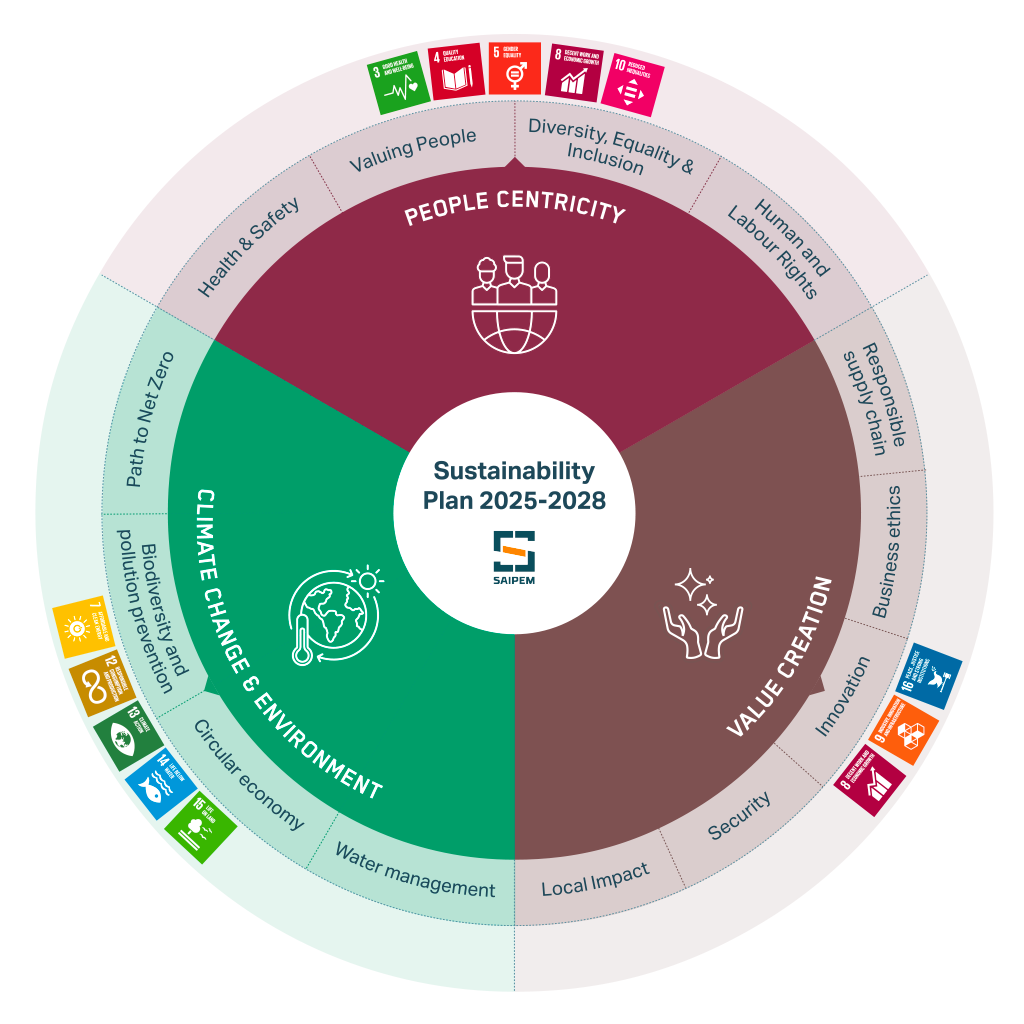
Climate change and environment
A major part of this pillar is our Net Zero Programme, which sets clear emissions reduction milestones for our assets, operations and supply chain, as we strive to be a key player and enabler of the energy transition. We are equally committed to environmental protection.
We focus on safeguarding biodiversity with initiatives that seek to preserve and monitor delicate ecosystems in areas where we operate, as well as water management, by ensuring reliable water supply and treating wastewater, and preventing spills by identifying spill-risk areas and implementing prevention measures.
Furthermore, we are involved in circular economy initiatives, including chemical recycling processes and creating low-carbon fuels from recovered waste materials.
People centricity
People are at the heart of Saipem’s business. Our leadership in safety culture remains a top priority. We achieved zero fatalities in 2024 and have embedded human performance principles to enhance safeguards and foster a “fail safe” mindset.
To build a diverse, capable workforce to lead the energy transition we support our people through professional development initiatives, health prevention and mental health services, and diversity and inclusion programmes.
Our approach to human and labour rights is laid out in our human and labour rights framework. We carry out risk assessment at all operational levels and embed this in our culture.
Value creation
Relationships are an essential part of our business, those with clients, suppliers and sub-contractors, as well as the local communities in the more than 50 countries where we operate. We believe sustainability is about creating value through all these relationships.
We invest in technological innovation to provide advanced solutions to our world’s greatest problems. We strive to operate with integrity and responsibility to develop and maintain trust over the long term, following business ethics of fairness and transparency. We want to leave a lasting, positive impact on the communities where we operate. We engage with those local stakeholders to create jobs, boost demand for local goods, improve infrastructure, contribute to education, and enhance skills, fostering socio-economic conditions that uphold human rights and protect the environment.


